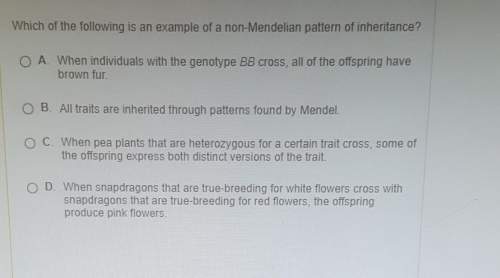
Hello can any one write for me a 2-3 paragraph response to the article. birds may appear to flutter about in the world, magically finding their way to food and other members of the flock, the reality is, many species migrate to the same destination, time and again. over the years, researchers have established that the animals use earth’s magnetic fields as guides. however, how they sense these fields has been a mystery. one theory suggested specific molecules in the birds’ eyes were receptive to magnetism, while another claimed it was the iron-rich cells on their beaks that with the complex navigation task. now, two studies – one focused on zebra finches and the other on european robins — assert that the animal’s “sixth sense” for magnetic fields may indeed be due to a special light-sensitive protein called cry4 found in their eyes. the most recent research, published on march 28, 2018 in the journal of the royal society interface, examined the brains, muscles, and retinas of 39 zebra finch specimens. the team, led by biologist pinzon-rodriguez at sweden’s university of lund, discovered that as levels of other proteins of the cryptochrome class – cry1 and cry2 — also present in the eyes varied throughout the day, cry4 was being continuously produced. this led the scientists to conclude it was responsible for guiding birds in the right direction. scientists from the institute of biology and environmental sciences in oldenburg, germany came to a similar conclusion after noticing that european robins demonstrated consistent cry4 levels all day. their study published on january 22, 2018 in the journal current biology, also revealed that the amount of the protein increased noticeably during migratory season, when the birds needed to rely on their navigation skills the most. the team noted that the cry4’s location in the retina was ideal for an internal compass, given that it is exposed to a lot of light. european robin photo credit: francis c. franklin / cc-by-sa-3.0 from wikimedia commons the fact that the two teams independently discovered cry4’s potential role in birds find their way is encouraging. however, animal navigation expert henrik mouritsen, who participated in the robin study, concedes more research needs to be done. while a study on the navigation skills of birds that do not possess cry4 would certainly , peter hore, a chemist at the university of oxford, believes the only way to definitely ascertain how the animals perceive magnetic fields would be to transform into birds.

Answers: 1


Another question on Biology

Biology, 21.06.2019 16:00
Which mantle is under the crust the upper mantle or the lower mantle i think it's upper let me know if i'm right
Answers: 2

Biology, 22.06.2019 04:30
Which of the following describes a boom period? a. as one population increases, another population decreases. b. as one population increases, the other population also increases. c. as one population decreases, another population increases. d. as one population decreases, another population also decreases
Answers: 2

Biology, 22.06.2019 11:00
Which of these is true of the cytoplasm of an unfertilized egg? a. it is an unevenly distributed mixture of mrna, proteins, organelles, and other substances. b. it does not contain substances that are important in directing development. c. these substances are supplied by the sperm. d. it does not contain substances that are important in directing development. e. development is directed solely by the surrounding cells. f. it is a homogeneous mixture of mrna, proteins, organelles, and other substances. g. it does not contain substances that are important in directing development. h. these substances are produced by the dna of the fertilized zygote.
Answers: 1

Biology, 22.06.2019 14:00
Which tool could you see a plant cell? a. a filter b. a microscope c. a microwave d. an electromagnet
Answers: 1
You know the right answer?
Hello can any one write for me a 2-3 paragraph response to the article. birds may appear to flutter...
Questions


English, 08.11.2019 01:31

Computers and Technology, 08.11.2019 01:31



Computers and Technology, 08.11.2019 01:31

Social Studies, 08.11.2019 01:31

Biology, 08.11.2019 01:31

Mathematics, 08.11.2019 01:31

Mathematics, 08.11.2019 01:31

History, 08.11.2019 01:31

History, 08.11.2019 01:31

English, 08.11.2019 01:31

Biology, 08.11.2019 01:31

Mathematics, 08.11.2019 01:31



Geography, 08.11.2019 01:31


Spanish, 08.11.2019 01:31




